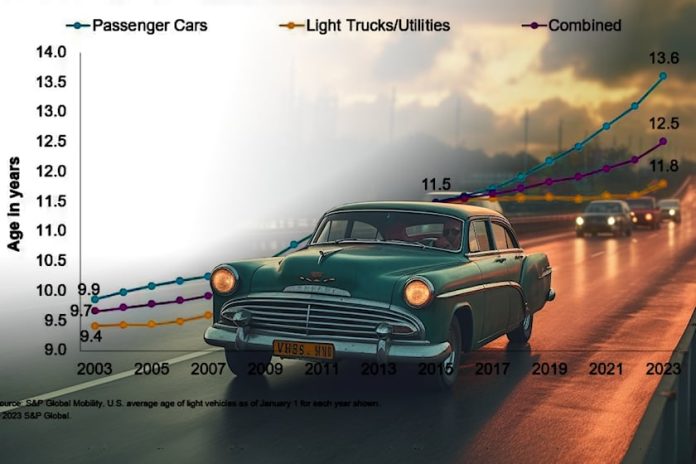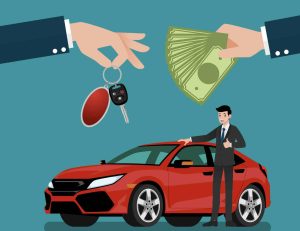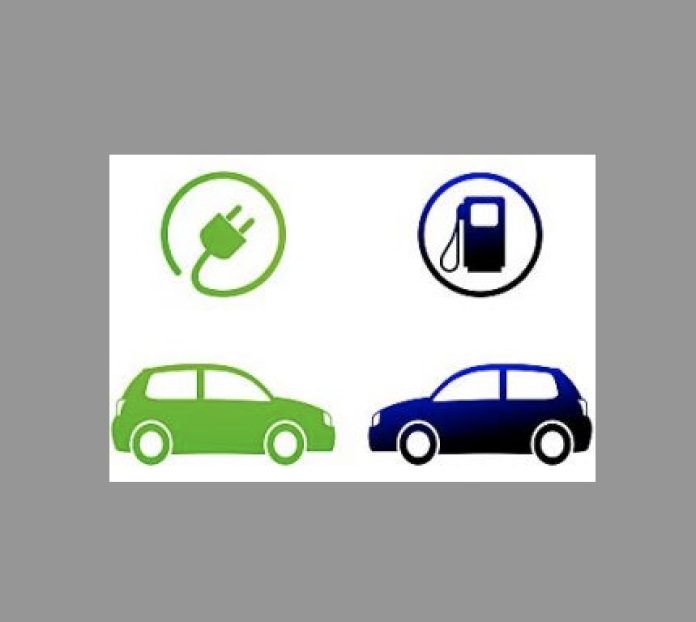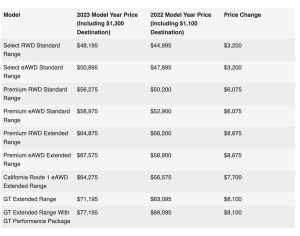Guest Post by Eric Peters

The problem with getting hooked on something – whether it’s booze, or subsidies – is that it’s hard to quit once you are.
Just ask the car industry.
It has become dependent on subsidies – in the form of “tax breaks” – to get people to “buy” electric vehicles; the “buying” in air-fingers-quotation marks to mock the fact that when someone else is paying, you’re not really buying.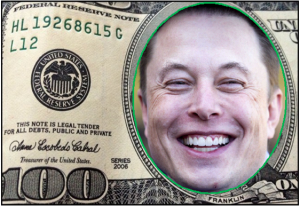
Tesla built its business model on this form of grift, elaborated in several ways. The way most people don’t even know about was using federal/state regulations that required other car companies – which at the time did not build any electric vehicles – to either build electric vehicles, in order to to satisfy “zero emissions” vehicle manufacturing quotas – or buy credits from Tesla that satisfied the requirement without having to actually build (and try to sell) EVs themselves.
In this manner, Tesla got his rivals to finance his business.
Not unlike having to pay salary of the cop who “pulled you over” via the “fine” you are made to pay for some conjured “offense.”
The lesser offense was using the government to make it easier to “sell” electric cars by paying the “buyer” a large sum of money – via tax rebates – to offset their otherwise unmarketable prices. Take $7,500 off the price (or cost) of any car and it is probable you’ll sell more of them.
Conversely, do not take $7,500 off and fewer people will buy them.
Chiefly because they can’t.
You can perhaps see why the industry got hooked on subsidies. Not just Tesla. The rest emulated Tesla’s business model, which – courtesy of the subsidies – was guided by glitz as well as grift. Market forces were subverted. Massive subsidies allowed Tesla to forget about cost and by dint of that, pursue an almost-cost-no-object approach to designing its cars, which have always emphasized power/performance primarily, with very little thought given to whether people can afford to buy that.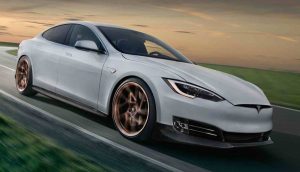
A few can, of course.
But the whole point – ostensibly – of the EV juggernaut is to largely replace existing non-electric vehicles with electric ones, in order to stave off the supposed “climate crisis.”
But – thanks to the subsidies – most electric cars cost as much or even more than non-electric luxury cars, with the average EV price tag just shy of $50,000. Put another way, subsidies have resulted in a juggernaut of $50k-plus electric vehicles flooding a market for which there are simply not enough market. Because there are only so many people who can afford $50k-plus vehicles – electric or not.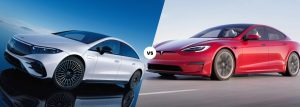
Replacing the existing fleet of internal-combustion powered Lexus, BMWs Porsche and Mercedes-Benz vehicles – which combined represents less than 20 percent of new vehicle sales because most people cannot afford a BMW, Porsche or Mercedes – is not going to stave off “climate change.”
The good news there, of course, is that the “climate” isn’t “changing” – at least not in the catastrophic way that serves as the artificial fuel of this artificially engendered hysteria.
The bad news – for the car industry – is that it’s hard to sell people on a Hyundai budget an electric Lexus.
Much less a $100,000 electric Hummer.
But the industry has bought into this cost-no-object business model – and the rest of us get to pay for it. Via the subsidies – which just got expanded – after the industry roused itself from its stupor and realized that, under the rubric of the recently passed “Inflation Reduction act” (which had as much to do with “inflation” as Social Security has to do with an annuity) the subsidies for many EVs would no longer apply to many EVs that cost more than $55,000.
This being dangerously close to the price of a Tesla Model 3 or Ford Mach3. Add a few options – including the optional “long range” battery” – and many EVs exceeded the subsidy threshold. The would-be buyer discovers he’ll be paying the full price – as opposed to getting a $7,500 kickback from the government – and decides not to buy.
Cue the hue and cry.
And it was heard. The subsidy qualification has been expanded by redefining which EVs qualify.
Guess which ones?
The very ones that cost too much for too many people to buy without the subsidies – i.e., models like the Model 3 and Mach-e “Mustang” (which is a “Mustang” to the same extent that Rachel Levine is a “she”). Sales were decreasing because the price of these models increased once the subsidy was no longer available.
Right on cue – as a result of the cry – the previous (very temporary, as it turned out) $55,000 “cap” – on subsidization of electric coupes, sedans and crossovers – has been lifted.
One can “buy” an $80,000 electric truck or SUV and still qualify for the $7,500 subsidy.
The time is probably not far distant when people who buy $800,000 homes will qualify for subsidies, too – if they use “green” building materials.
But the point – as regards EVs – is that the subsidies have turned the industry into a lumbering junkie who has become dependent on subsidies, just the same as a heroin addict is on his “fix.” Both get excitable when they think they might not be able to get their next one, too.
The great irony here is that the subsidization of EVs has badly hurt the case for EVs, if there ever was one to begin with.
If you believe that “climate change” is an existential crisis, it won’t be solved by encouraging the manufacture of $50k-plus EVs that emphasize luxury and performance (often at the cost of practicality) that most people can’t afford to indulge – rather than economy, efficiency and practicality.
The problem with the latter, of course, is that economy, efficiency and practicality aren’t as appealing as luxury and performance, especially to the affluent – who aren’t interested in making “sacrifices” to stave off the supposed “climate crisis.”
They just want to look as if they are.
And they want you to “help” them pay for it.






